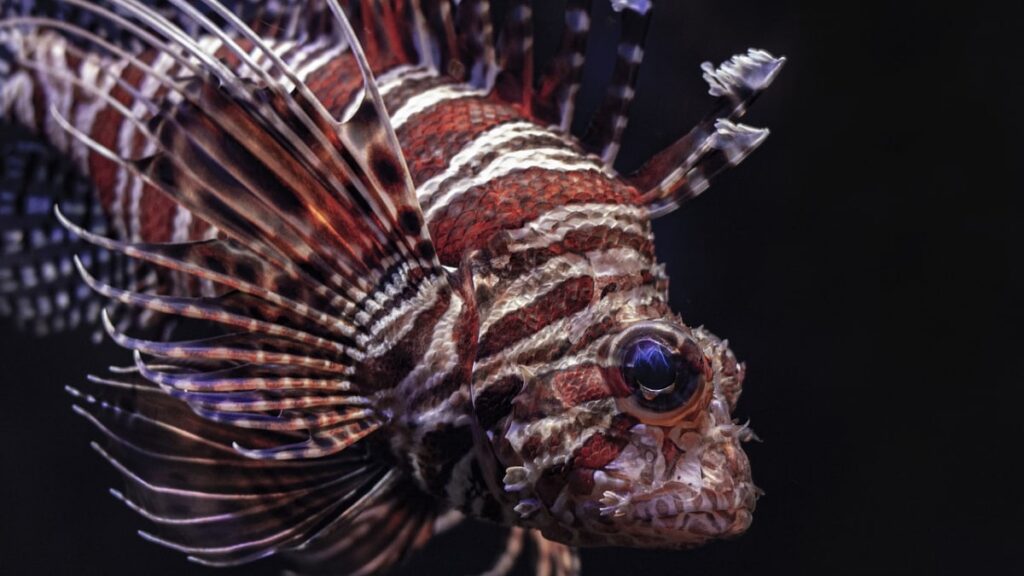The northern sea robin (Prionotus carolinus) is an intriguing marine species known for its extraordinary adaptations. Unlike most fish, this species uses its six leg-like appendages to move along the ocean floor. This ability allows him not only to move, but also to explore the seabed in search of food. While this ability has long been known in the scientific community, another strange use of his leg was recently discovered.
Sensory abilities of sea robins
Recent studies have shed light on how these legs function as sensory organs. The researchers noted that the robin is able to detect buried prey through chemical cues that are released into the water. Using its shovel-like legs, the fish can dig up hidden food sources, displaying a unique blend of motility and sensory detection.
Research collaboration and findings
A collaborative research effort involving developmental biologist David Kingsley of Stanford University and molecular biologist Nicholas Bellono of Harvard University examined the sensory adaptations of robins. The study was published in the journal Current Biology. Their experiments placed the fish in an environment with buried shells and amino acid capsules. The results confirmed the efficiency of the fish in locating and retrieving these hidden objects, thanks to specialized protrusions on the legs, known as papillae, which house taste receptors.
Evolutionary insights into adaptation
The evolutionary background of the northern robin reveals an intriguing story. Evolutionary analysis of various species of sea robins has shown that legs initially evolved for locomotion, but their sensory abilities developed later. The researchers identified the tbx3a gene as a key factor in the development of these legs, and using CRISPR technology, they showed that changing this gene can affect both leg formation and sensory function.
Conclusion: Implications of the research
Findings from this research not only improve our understanding of the northern robin, but also provide broader insight into how species adapt over time. By investigating the genetic and evolutionary pathways that have led to such unique adaptations, scientists can better understand the complexity of marine life and the evolutionary processes that shape it.


